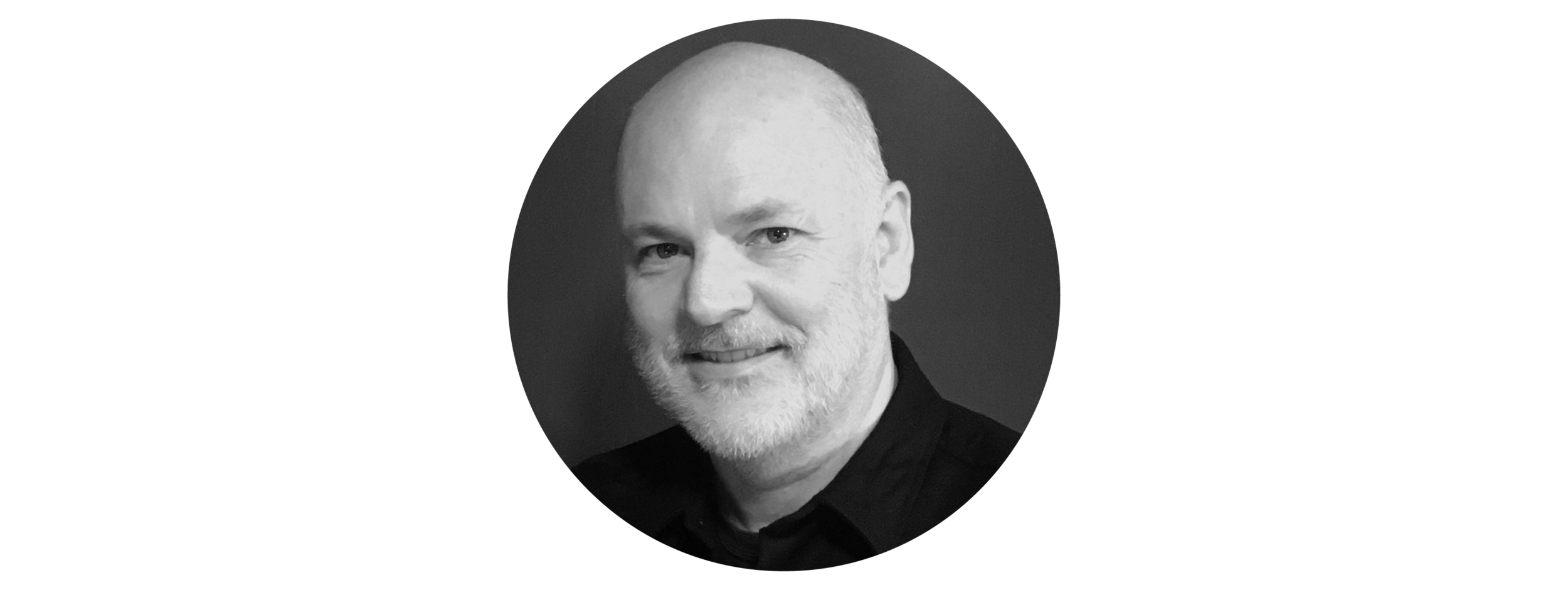Overcoming Strict Taboos to Achieve Gender Balance
By Chuck Rice
President/CEO, Developing Radio Partners
The first time I trained TV journalists in Somaliland in March 2018, I naively had not anticipated that some male reporters would be reluctant to interview women. It’s a fairly strict cultural taboo. Men and women don’t really mix – especially if they are not related or have not been properly introduced to one another.
This can create a problem when covering the news.
I encountered this issue during my first field training exercise with a TV news crew in Hargeisa doing a story about students launching a clean-up campaign in their neighborhood. The all-male news crew was only interviewing male students, although girls were actively involved in picking up the litter.
Source: Chuck Rice
I suggested the crew interview several of the girls in order to give the story balance. No one said anything, but I could tell there was a level of discomfort among the crew. I pushed a bit more and then the senior producer walked over and asked one of the female students if she’d be willing to talk on camera about the campaign.
She happily agreed.
It felt as if once the male reporters had gotten ‘permission’ to do the interview everything was OK, and I noticed, too, that the senior producer recognized that having a female in the story added depth to the story.
I encouraged the TV news team to make a conscious effort in future stories to include more female voices, and I approached it from a purely economic point of view: by having more women on camera, the station would be reaching a much bigger potential audience.
I also offered the station another solution if some male reporters were reluctant to interview women – hire and train more female reporters.
This was a message that I took to all three TV newsrooms where I conducted trainings over a one-year period that ended on February 2019.
In the one newsroom that had two female reporters, the stories were much more diverse. Instead of focusing on traditional female roles – such as sewing and cooking – these women were tackling important issues that male reporters said they had not even considered covering as news stories. These women focused on poor working conditions for women in the two large markets in Hargeisa, the potential fire hazards at the downtown market, the lack of female bathrooms at the national university, and domestic violence and rape.
Source: Chuck Rice
Another way to increase female voices in societies where strict taboos restrict male-female contact is to train female experts to be comfortable on television. In a workshop in Hargeisa in February 2019, a dozen or so female entrepreneurs came together to do just that – to practice for future television appearances. They included business owners, bankers, and farmers.
Male and female reporters were on hand to conduct the interviews. I was amazed at the comfort level these women had in front of the cameras. The male reporters seemed to notice, too.
As viewers begin to see more and more female sources on their TV screens and more stories that affect women – and they are going to take notice – it’s those stations that recognize the audience potential that will most likely thrive.
*Chuck Rice worked on an International Media Support (IMS) project during his time in Somaliland helping to foster gender representation.



